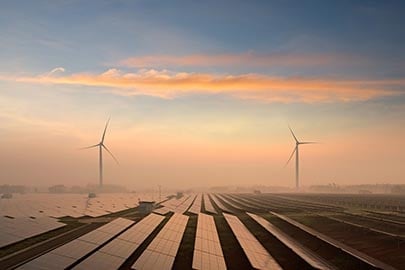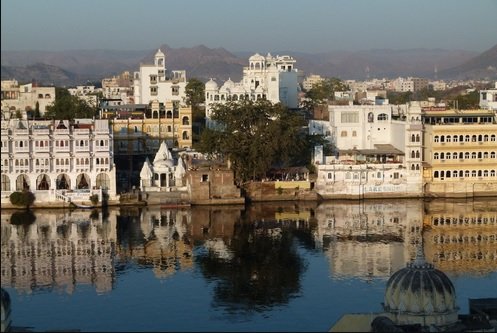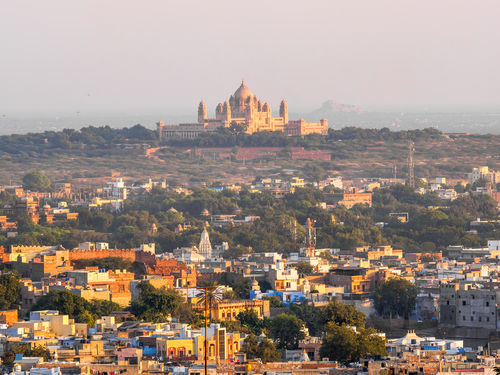Renewable Energy
India’s Prime Minister, Narendra Modi has committed his Government to installing at least a further 100 GW of Solar Capacity, together with the complex base of supporting infrastructure such a huge project requires, by 2022 at the latest. It is a seriously challenging target; and one can’t help but be reminded of the debacle in Indonesia following the similar policy commitments made by MEMR in 2014; commitments which were, of course, stopped in their tracks by the Supreme Court just as they were about to be rolled out. We are still waiting for the Indonesian Government to issue its first quotas.
But the situation is looking a lot more positive in India because interest in all forms of alternative energy has been growing strongly since 2014 and this week Gamesa Corp, which is, by market share, the largest wind turbine manufacturer in India, announced that it is to start build out on its first Wind/Solar Project on the Subcontinent within the next two months; and Suzion Energy is also expecting to get more active in Photovoltaic generation: announcing that it is expecting to become a lot more active in Photovoltaics and Hybrids in the first quarter of next year.
Hybrids are important to the ambitious Solar Programme which is now on foot on the Subcontinent; they provide a robust and complementary “kicker” platform for the Core Solar Model, the two sources combining technologies and sharing grid capacity in a way that developers believe will provide a realistic basis for the expected growth in overall capacity. That, no doubt, is why the Indian Government has also issued a new Draft Policy Paper committing itself to a target for Hybrid Production of 10 GW by the same 2022 Deadline in place already for Solar. It might only be a tenth of the equivalent Solar Target, but it should be enough to ensure the Solar Platforms get an additional catalyst for growth to achieve the full ambition of the Government’s Policy Objectives.
And, of course, it’s not just a numbers game.
On 6 September the G20 issued its Hangzhou Communique which is likely to accelerate still further India’s push towards cleaner energy generation. You don’t need the insight of Cassandra to work out that targeting of that kind is bound to drag Solar Rollout along with it; and if anything the target figure in the Government’s Solar Policy might in the fullness of time start to look too light.
All of which may help to explain the timing of this week’s announcement from Gamesa.
The Chief Executive Officer of Gamesa India, Ramesh Kymal, was obviously in no doubt: his company is targeting a perfect storm for growth.
And just look at the international context. Over the last year alone Toshiba and Mitsui announced the completion of a solar project in Japan’s Aichi Prefecture and in Queensland Windlab and Eurus Energy are building out a large scale Solar and Wind hybrid platform. India is by no means alone in looking to Hybrid Generation as the ideal complement for Solar Growth.
Finally, and not unimportantly, it is worth remembering too that India’s topography is ideally suited to the new model for growth. Rajasthan, Gujarat and Madhya Pradesh all have the perfect geographic conditions for Solar Projects. Jain Devansh of Inox told Bloomberg this month that Inox is just waiting for MNER’s Draft Policy to be finalised before moving forward with plans for alternative energy rollout in all three States.
CEO of Red Ribbon, Suchit Pannose said:
“I am obviously glad to see that the Government’s Policy is being given some much needed traction by these recent announcements; although my feeling is that there is still quite a lot of work to done in thinking through issues such as optimal transmission systems, available substation capacity and general issues on return on investment. If it is possible to get all of that right, which I am confident it is with a little insight, then it may well be that Hybrid as a whole could have the potential to generate stimulate even greater returns on Photovoltaic Production..
The G20 Communique earlier this month will obviously set the tone towards cleaner energy initiatives; specifically the joint protocol issued by the USA and China.
It seems to me that India is certainly on the right track and has fixed on the right model.”








Leave a Reply